Disclosure: This article contains affiliate links. We may earn a commission from purchases at no extra cost to you, which helps our travel content.
Standing at the foot of the world's highest peak was never on my original bucket list. But after my 45th birthday and my 10th marathon, I found myself craving a different kind of endurance challenge—one that would test not just my physical limits but immerse me in a landscape where ancient spirituality meets architectural ingenuity. The Everest Base Camp trek delivered all this and more, becoming one of the most transformative journeys of my midlife adventures.
Preparing Your Body and Mind
As a marathon runner, I approached my EBC preparation with the same methodical training plan I use for races, but with important modifications. Unlike the consistent surfaces of city marathons, the Everest region demands adaptation to uneven terrain, dramatic elevation changes, and progressively thinning air.
Three months before my departure, I incorporated steep hill training and hiking with a loaded pack into my routine. I found that stair climbing with a weighted vest was particularly effective at simulating the demands of uphill trekking at altitude. On weekends, I'd head to nearby mountains, gradually increasing both distance and elevation gain.
But physical preparation is only half the equation. Mental fortitude becomes your most valuable asset when you're facing day eight of trekking, your legs are leaden, and the thin air makes every breath a conscious effort. I incorporated meditation and breathing exercises into my training, using the altitude training mask during some cardio sessions to mentally prepare for the respiratory challenge ahead.
The Nepali phrase bistārai, bistārai (slowly, slowly) became my mantra—a reminder that this journey isn't about speed but about steady, intentional progress.
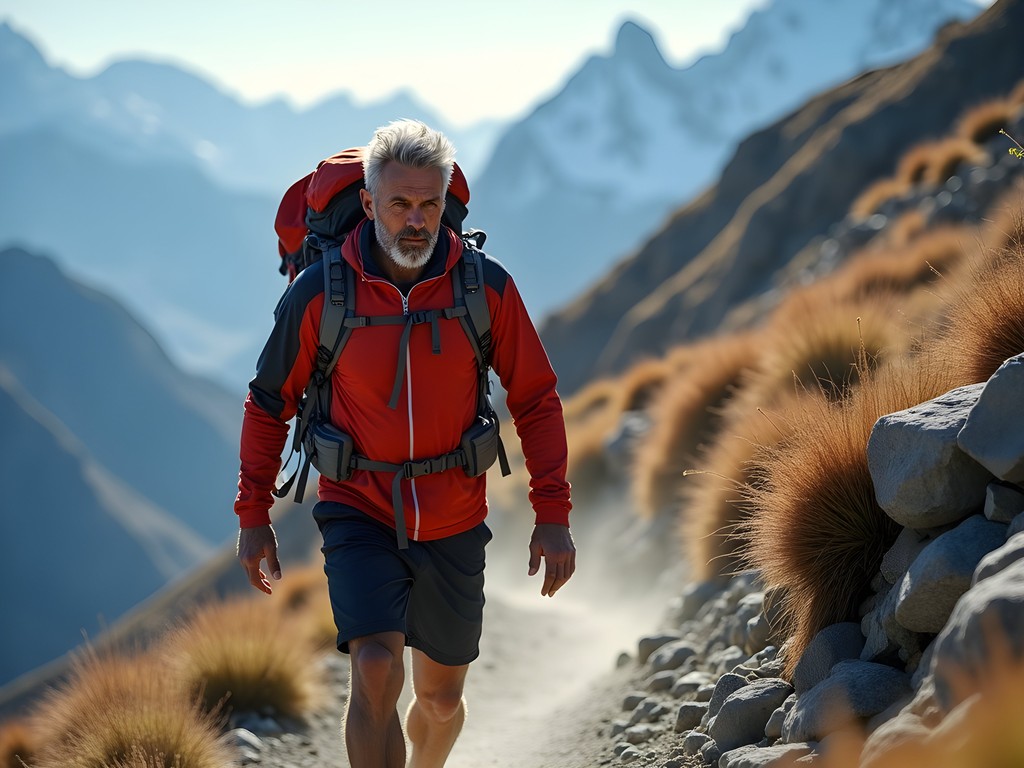
💡 Pro Tips
- Train with a loaded backpack at least 8 weeks before departure
- Focus on uphill endurance rather than speed or distance
- Practice breathing techniques to prepare for high altitude conditions
Essential Gear: What You Actually Need
After completing numerous marathons across different continents, I've learned to be ruthlessly efficient with gear. For the Everest trek, this philosophy is even more crucial—every extra ounce feels like a pound at altitude.
My non-negotiables started with proper footwear. I chose hiking boots that I broke in thoroughly over two months of training hikes. The ankle support proved invaluable on the rocky, uneven terrain between Namche Bazaar and Tengboche.
For sleep comfort, I brought my own sleeping bag liner to use inside the teahouse blankets. This added warmth while addressing hygiene concerns, and it packed down to the size of a small water bottle.
Despite being a gear minimalist, I made one luxury exception: a portable espresso maker. This palm-sized device delivered a morale-boosting shot of proper coffee each morning—a small ritual that maintained a sense of normalcy amid the extraordinary landscape.
For hydration, I relied on a water purification system rather than buying bottled water. This choice saved money, reduced plastic waste on the trail, and provided peace of mind regarding water safety.
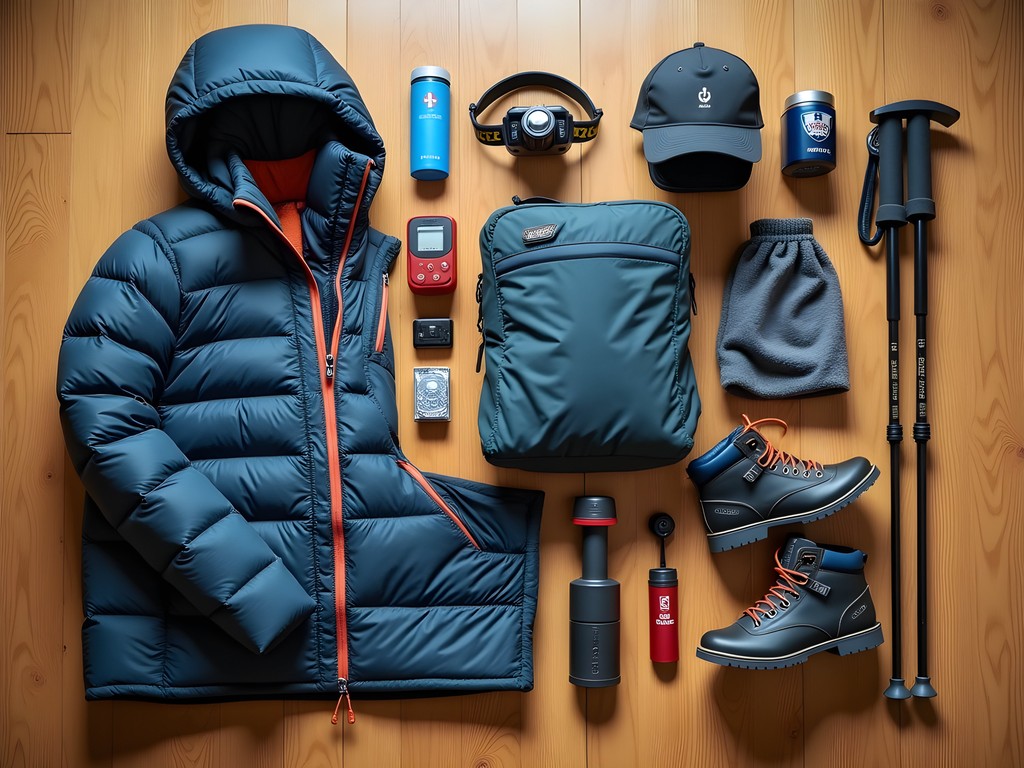
💡 Pro Tips
- Pack in layers – temperatures can range from -15°C at night to +15°C during sunny days
- Limit your duffel bag (carried by porters) to 10kg maximum
- Bring twice as many batteries as you think you'll need – they drain quickly in cold temperatures
The Route: Breaking Down the Journey
The classic EBC route unfolds like a well-crafted story, with each day's trek building toward the ultimate climax at Base Camp. The journey begins with the heart-stopping flight into Lukla (2,860m)—a landing that immediately signals you're leaving ordinary travel experiences behind.
From Lukla to Phakding is a gentle introduction, a relatively flat 3-4 hour walk that allows your body to begin acclimatizing. The trail follows the milky blue Dudh Koshi River, crossing several suspension bridges that reminded me of my fascination with bridge architecture—though these utilitarian structures prioritize function over form in this rugged landscape.
The challenging climb to Namche Bazaar (3,440m) marks your first real test, with nearly 600m of elevation gain. The horseshoe-shaped settlement of Namche deserves its two-night acclimatization stop; I spent hours photographing its terraced architecture and the way morning light plays across the surrounding peaks.
Beyond Namche, the trail to Tengboche (3,870m) offers your first clear views of Everest itself. The Tengboche Monastery stands as a testament to human spirituality in the face of nature's grandeur—a convergence of my interests in religious architecture and physical challenge that left me profoundly moved.
The higher sections through Dingboche, Lobuche, and finally to Gorak Shep (5,164m) and Base Camp (5,364m) progressively strip away vegetation until you're traversing a moonscape of rock and ice. This stark beauty demands a different kind of appreciation—one that acknowledges both vulnerability and strength.
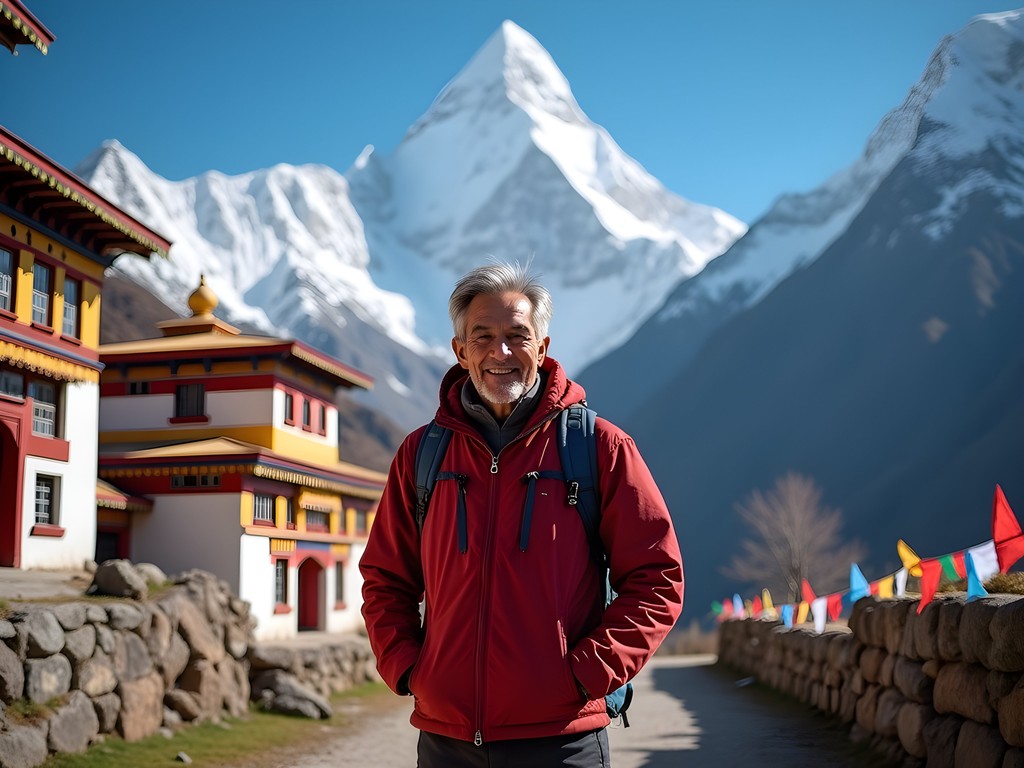
💡 Pro Tips
- Schedule at least two acclimatization days (Namche and Dingboche) where you 'climb high, sleep low'
- Visit Tengboche Monastery in the afternoon when prayer ceremonies often take place
- Allow 12-14 days total for the trek to minimize altitude sickness risk
Cultural Immersion: Beyond the Physical Challenge
While the physical journey to Base Camp captures most trekkers' attention, I found equal value in the cultural dimensions of the experience. The Sherpa people have inhabited this harsh environment for centuries, developing a unique culture deeply intertwined with Tibetan Buddhism and the mountains themselves.
In preparation for my trek, I learned basic Nepali phrases and some Sherpa greetings. The simple act of saying Namaste with hands pressed together opened doors to genuine connections with locals that might otherwise have remained closed. I remember an elderly woman in Khumjung who, after hearing my attempted Sherpa greeting, invited me to taste her homemade chang (millet beer) and showed me family photos that included relatives who had summited Everest multiple times.
The region's monasteries offer windows into living Buddhist practice. I timed my rest day in Tengboche to coincide with afternoon prayers, where the rhythmic chanting and ritual horns created an atmosphere of profound tranquility despite the harsh environment outside.
To better understand Sherpa culture, I carried the cultural guidebook which provided context for the prayer flags, mani stones, and other religious symbols that line the trails. This knowledge transformed what could have been merely scenic elements into meaningful cultural artifacts.
I also found that sharing meals in teahouse dining rooms offered natural opportunities for cultural exchange. Over steaming plates of dal bhat (lentil curry with rice), trekkers from around the world and local guides shared stories that broadened perspectives far beyond the physical journey.
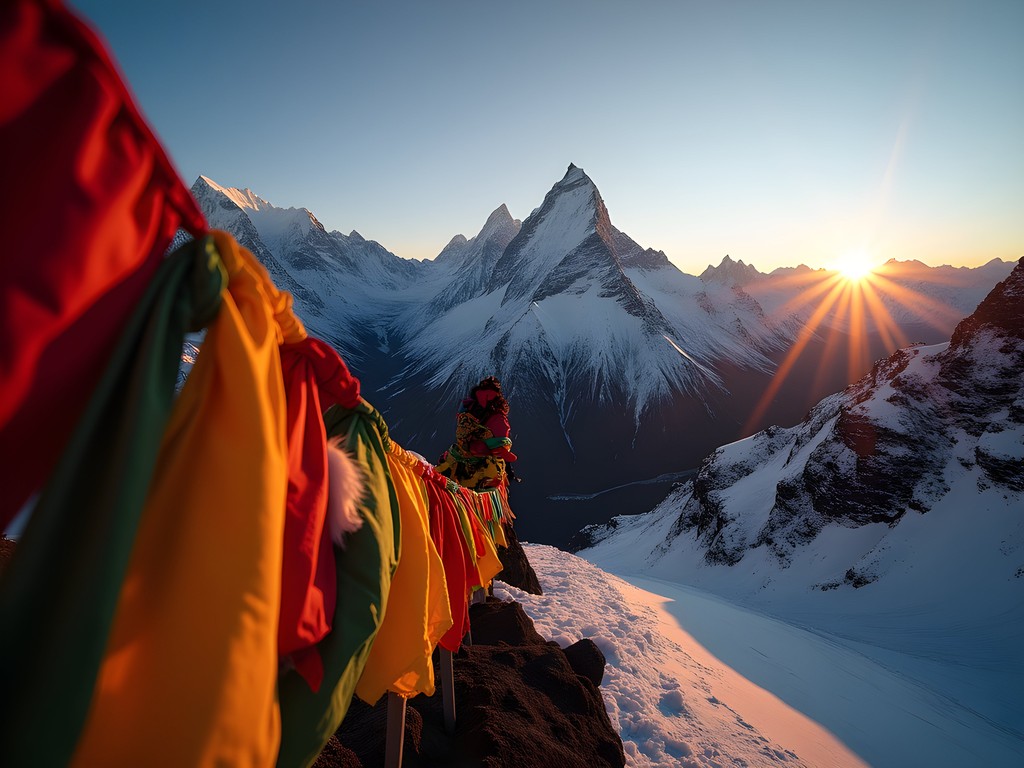
💡 Pro Tips
- Learn basic Nepali phrases – locals genuinely appreciate the effort
- Always walk clockwise around religious monuments as a sign of respect
- Ask permission before photographing people, especially in religious settings
Altitude Challenges: Respecting Your Limits
As a marathon runner accustomed to pushing through discomfort, the most valuable lesson I learned on the Everest trek was the importance of respecting altitude's non-negotiable boundaries. Unlike endurance races where mental fortitude can overcome physical fatigue, altitude sickness respects neither will nor fitness level.
My first hint of altitude's effects came at Namche Bazaar, where a simple flight of stairs left me unexpectedly winded. Rather than pushing forward aggressively as I might in marathon training, I embraced the Nepali approach of bistārai, bistārai (slowly, slowly).
I monitored my oxygen levels daily with a pulse oximeter which provided objective data to complement my subjective assessment. When my reading dropped below 85% above Dingboche, I took an additional acclimatization day despite my itinerary's pressure to continue—possibly the wisest decision of my trek.
Hydration becomes even more crucial at altitude, where your body loses moisture more rapidly. I aimed for 4-5 liters daily, adding electrolyte tablets to at least half my intake. The slight additional weight of carrying extra water was far outweighed by the acclimatization benefits.
Perhaps most importantly, I learned to distinguish between normal altitude discomfort (mild headache, disturbed sleep) and serious warning signs (severe headache, nausea, dizziness). When a trekking companion developed persistent nausea at Lobuche, I supported his difficult decision to descend rather than continue to Base Camp—a choice that likely prevented a dangerous medical evacuation scenario.
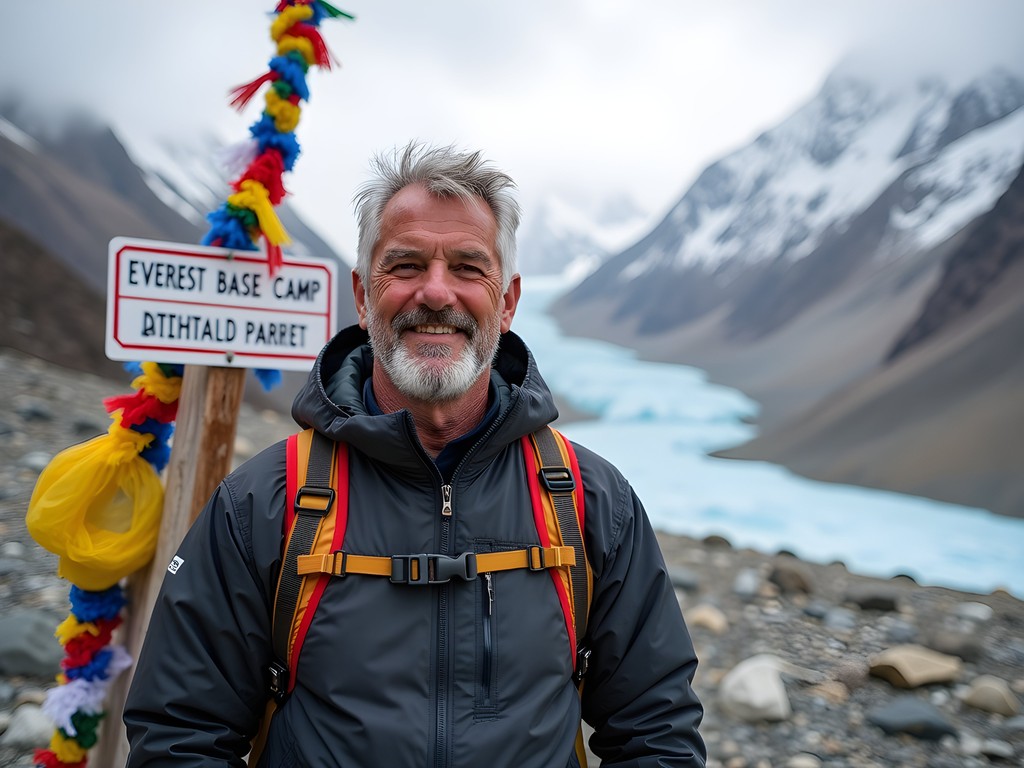
💡 Pro Tips
- Ascend no more than 300-500 meters in sleeping altitude per day
- If you develop symptoms, don't go higher until they resolve
- The phrase 'climb high, sleep low' should guide your acclimatization strategy
Final Thoughts
Reaching Everest Base Camp at 50 wasn't just about adding another achievement to my midlife renaissance—it was about discovering that my marathon-trained body could adapt to new challenges, that my passion for architectural and spiritual spaces extends to the most remote corners of our world, and that the greatest journeys combine physical achievement with cultural understanding.
The trek taught me that the mountains don't care about your marathon personal records or your age—they demand respect on their terms. But they also reward those who approach them with humility and preparation. As I stood at Base Camp, gazing up at the Khumbu Icefall knowing that Everest's summit loomed another 3,500 meters above, I felt a profound sense of perspective that continues to influence my approach to challenges both on and off the trail.
Whether you're a fellow midlife adventurer or someone seeking to test your boundaries at any age, the journey to Everest Base Camp offers a rare combination of physical challenge, cultural immersion, and spiritual reflection. The question isn't whether you're ready for Everest—it's whether you're ready for what the journey will reveal about yourself.
✨ Key Takeaways
- Train specifically for uphill hiking with a loaded pack rather than relying solely on running fitness
- Acclimatization isn't optional—build extra days into your itinerary as insurance against altitude issues
- The cultural experience is as valuable as reaching Base Camp itself—prepare for both dimensions
📋 Practical Information
Best Time to Visit
October-November or March-May
Budget Estimate
$1,800-$3,000 excluding flights to Kathmandu
Recommended Duration
12-14 days for the trek plus travel days
Difficulty Level
Challenging

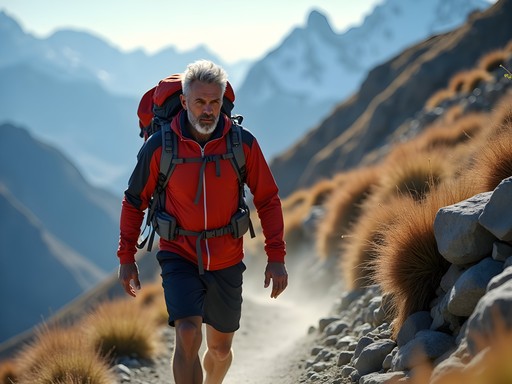
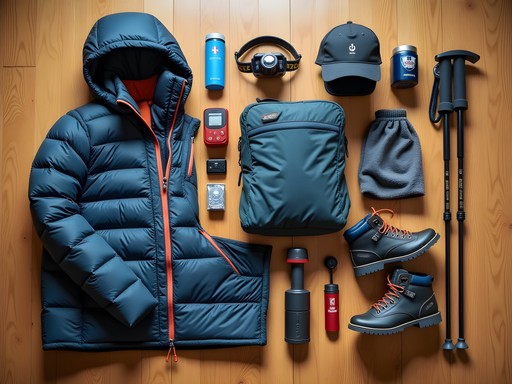
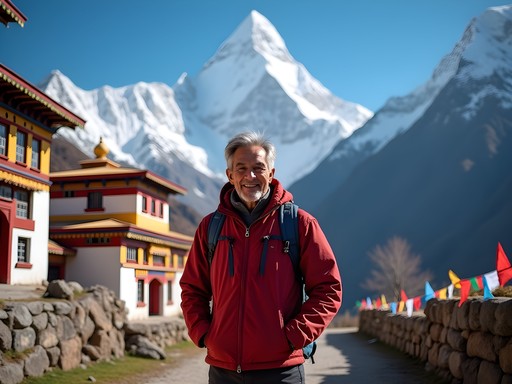
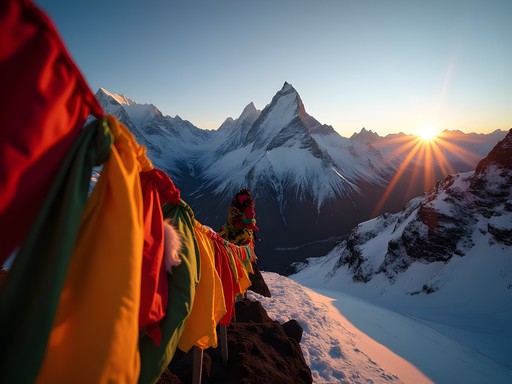
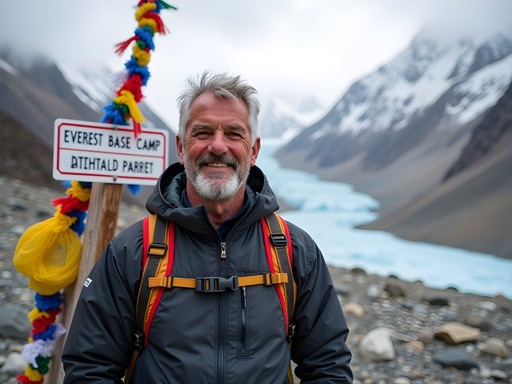
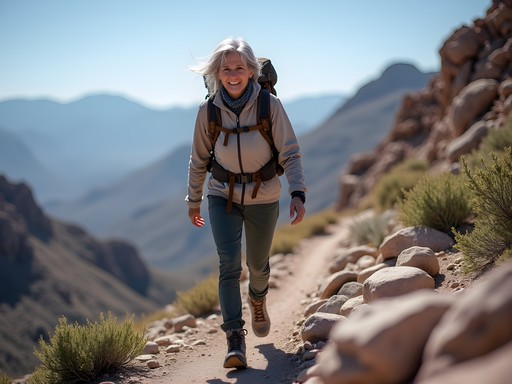

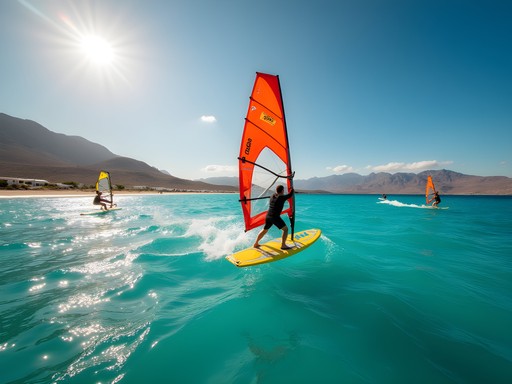
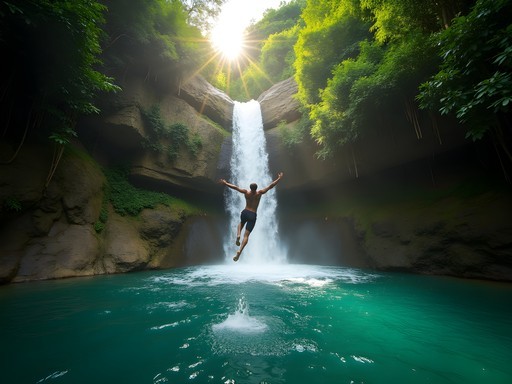
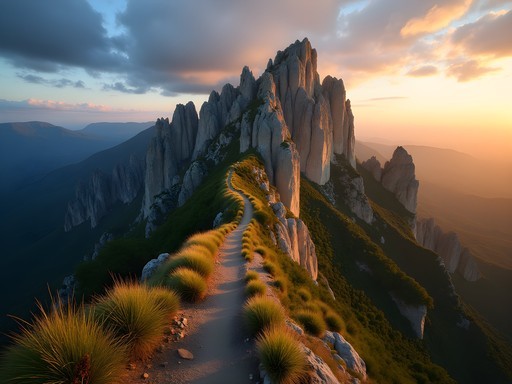
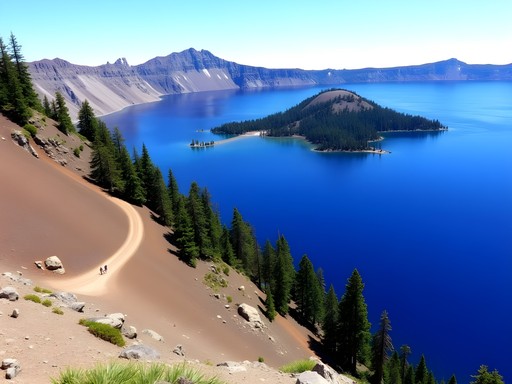
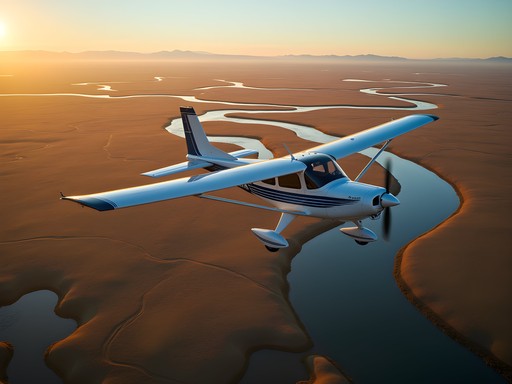

Comments
wildninja
I'm 38 and just started running this year. Is 6 months enough time to train for this? I've never done anything like this before but your story is super inspiring!
oceandiver
Not Garrett, but I think 6 months is doable if you're consistent! Focus on building endurance and doing lots of hill training. Start with a good pair of hiking boots ASAP to break them in.
Garrett Ramirez
Absolutely agree with oceandiver. Six months is enough if you're disciplined. Start with 3-4 weekly cardio sessions and gradually add weighted hikes on weekends. The mental prep is just as important as physical!
oceandiver
This is exactly the guide I needed! I did EBC last year at 42 and your training advice is spot on. Marathon training definitely helped me too. The part about cultural immersion is so underrated - spending time in those tiny tea houses and talking with the Sherpa guides was honestly the highlight of my trek. Anyone considering this should definitely take the extra days for acclimatization like Garrett suggests. Worth every minute!
Garrett Ramirez
Thanks oceandiver! Glad to hear your experience was similar. Those tea house conversations really do make the journey special, don't they?